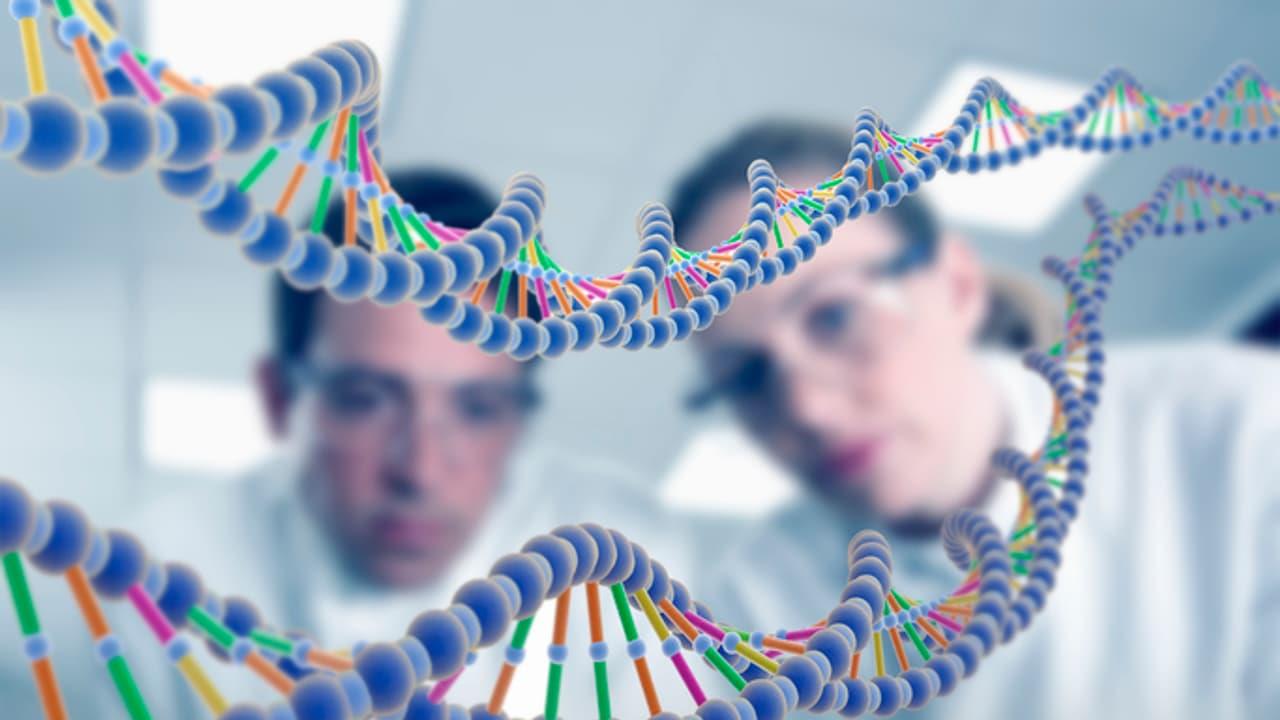Ancient Viruses In Our DNA Offer New Clues For Autoimmune Diseases
It turns out we're not entirely human. Around 8 percent of our DNA comes from ancient viruses that infected our ancestors and left behind genetic traces. Most of the time these viral remnants remain dormant, part of what scientists call the“dark matter” of the genome. But researchers are now discovering that these viral fragments could play a role in modern medicine.
A team from the La Jolla Institute for Immunology (LJI) has achieved a scientific first: they revealed the 3D structure of a viral protein hidden within our DNA. The findings, published in Science Advances, could pave the way for new diagnostics and treatments for cancer, autoimmune, and neurodegenerative diseases.
Unlocking an ancient protein
The researchers focused on HERV-K Env, a protein produced by human endogenous retroviruses (HERVs). These are viral genes embedded in our DNA over millions of years. While normally silent, HERV-K Env reactivates in certain diseases, showing up on tumor cells and in conditions like lupus or rheumatoid arthritis.
“This is the first human HERV protein structure ever solved - and only the third retroviral envelope structure solved overall, after human immunodeficiency virus (HIV) and simian immunodeficiency virus (SIV),” said Erica Ollmann Saphire, Ph.D., MBA, LJI President, CEO, and Professor.
Why this matters
In healthy people, HERV-K Env lies dormant. But in cancer and autoimmune patients, it appears on cell surfaces, making it a potential biomarker and therapeutic target.
“In many disease states, like autoimmune diseases and cancer, these genes re-awaken and start making pieces of these viruses,” said Saphire.“Understanding the HERV-K Env structure, and the antibodies we now have, opens up diagnostic and treatment opportunities.”
A difficult puzzle solved
Studying HERV-K Env was no easy feat. Viral envelope proteins are unstable, like“spring-loaded” machines ready to fuse with cells.“You can look at them funny, and they'll unfold,” joked Jeremy Shek, Ph.D., LJI Postdoctoral Fellow and co-first author.
To capture its structure, researchers engineered small changes to keep the protein stable without altering its natural form. They then used cryo-electron microscopy to map the protein at different stages: on the cell surface, during infection, and bound to antibodies.
What they saw was surprising. Unlike the short, compact structures of HIV or SIV, HERV-K Env is taller, leaner, and uniquely folded.
Toward real-world treatments
Co-first author Chen Sun, Ph.D. explained that this discovery could guide new cancer immunotherapies:“We can use it as a strategy to specifically target cancer cells.”
The team also created their own antibodies to study how the immune system reacts to HERV-K Env. In tests, these antibodies detected the protein on immune cells from lupus and rheumatoid arthritis patients - but not in healthy individuals.“These antibodies marked aberrant HERV display on neutrophils from rheumatoid arthritis and lupus patients, but not healthy controls,” Saphire confirmed.
The road ahead
As interest in HERVs grows, scientists are finding links to more diseases.“We can really pick whatever disease we're interested in and go down that route,” said Shek.
The research suggests that what was once considered genomic leftovers may, in fact, be a powerful tool in fighting disease. As Saphire put it:“In many disease states, these genes re-awaken. Now that we understand their structure, we can finally start using that knowledge to help patients.”
Legal Disclaimer:
MENAFN provides the
information “as is” without warranty of any kind. We do not accept
any responsibility or liability for the accuracy, content, images,
videos, licenses, completeness, legality, or reliability of the information
contained in this article. If you have any complaints or copyright
issues related to this article, kindly contact the provider above.
Most popular stories
Market Research

- Daytrading Publishes New Study On The Dangers Of AI Tools Used By Traders
- Primexbt Launches Empowering Traders To Succeed Campaign, Leading A New Era Of Trading
- Wallpaper Market Size, Industry Overview, Latest Insights And Forecast 2025-2033
- Excellion Finance Scales Market-Neutral Defi Strategies With Fordefi's MPC Wallet
- ROVR Releases Open Dataset To Power The Future Of Spatial AI, Robotics, And Autonomous Systems
- Ethereum-Based Meme Project Pepeto ($PEPETO) Surges Past $6.5M In Presale






















Comments
No comment